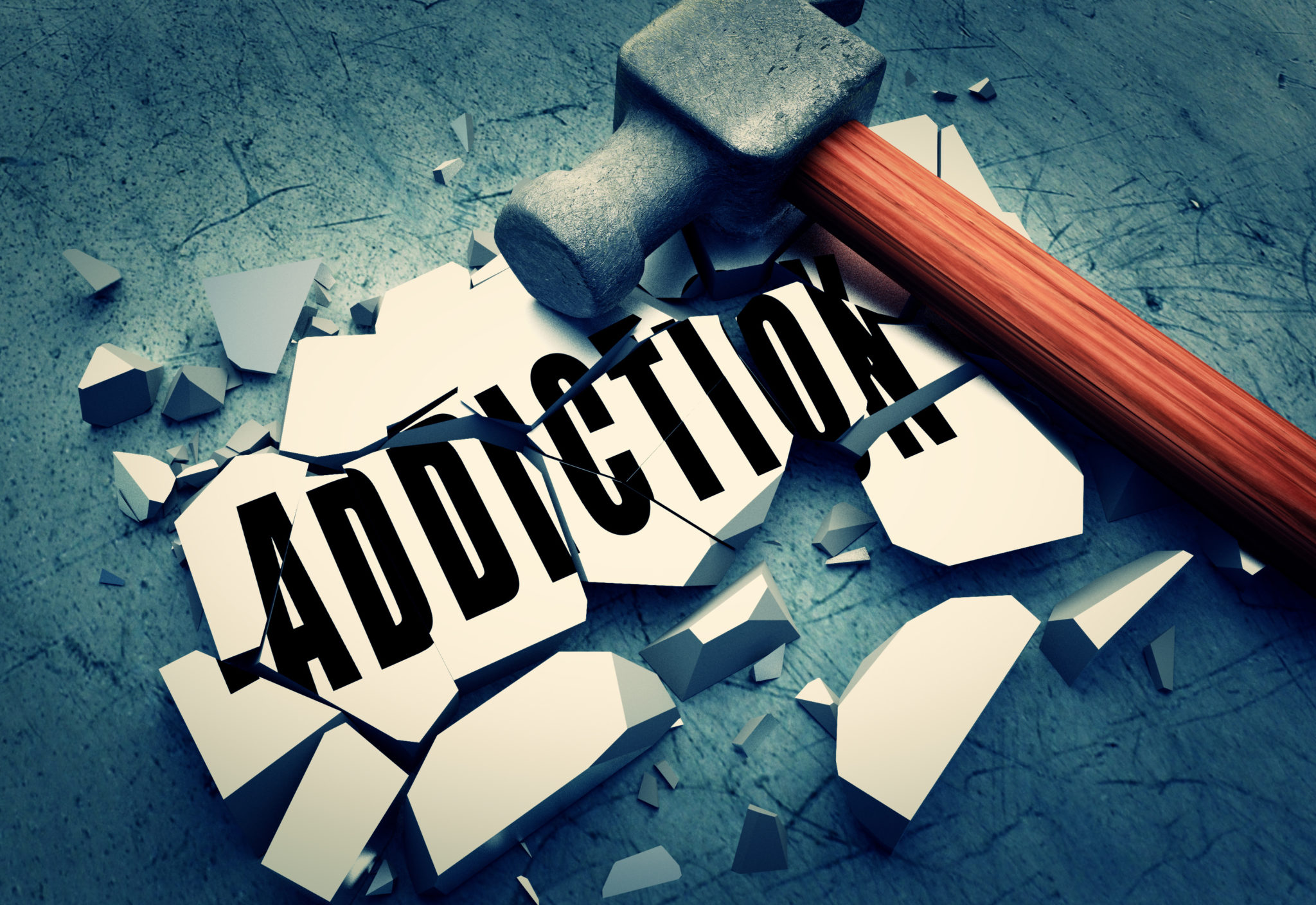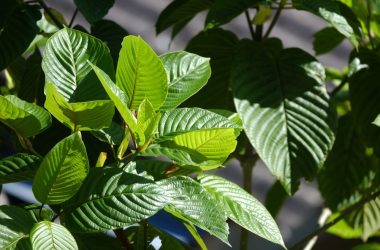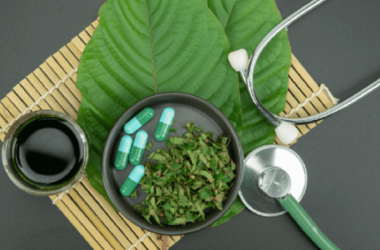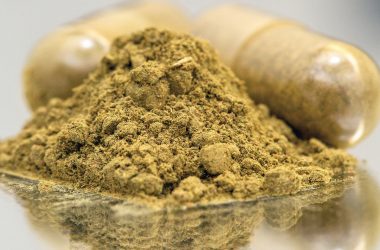There is a connection between expressive art and drug addiction – some say a connection as between drug addiction and mental illness.
An interesting article appears in the November 2010 Scientific American entitled – The Mad Artist’s Brain- the Connection between Creativity and Mental Illness.
There are probably two types of artist in our society. One looks at recreational options – chooses watercolor made easy and pays for a 10 week term.
The other feels a need to create, whether it be a painting, sculpture or an engraving – they feel a tension, a need to express something in their art. There is a relationship between expressive art, addiction and mental illness. All are a compulsive response to trauma, and are person’s attempts to resolve it.
When the art that appears is pretty and nice, we welcome this passionate artist. He stirs our emotions, makes us “feel” – we buy his paintings for our walls, our relatives and friends.
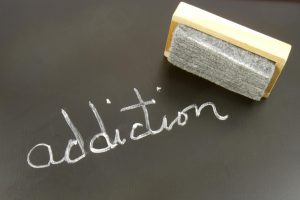
When the art that appears disturbs us, we move into repressive mode – this art, whilst undoubtedly inspired, is clearly the result of a disturbed mind. We don’t like it or want it, or to find out what it means. It is speedily removed – such is the fate of graffiti.
Painters who manage to get their work exposed to public view will find that people buy it because it is trendy, provoking. They don’t understand it, but buy it because it is exciting and might have investment potential. Such is the fate of painters like Picasso.
All artists who find a need to express their feelings via art generally have had difficulties in otherwise expressing emotions. Art becomes a medium for the expression of an artist’s feelings.
The nature of mental illness is poorly understood. There is an infinite spectrum of human personalities and emotions that every one of us “could” be – or suffer from – depending on life circumstances.
Anyone exposed to trauma has the potential to become diagnosed as mentally ill.
People exposed to trauma find that their personality and emotions can be distorted. A plant clipped and cut to fit to a trellis never has the same appearance as a plant allowed to grow free. Much the same can be said of a person who has had to adapt their way of being to survive trauma in their life. Expressive art and drug addiction are both responses to trauma.
The use of art as a means of expression enables a person who feels overwhelmed by trauma, to find a means of “speaking” so as to hopefully achieve a resolution to the trauma.
Expressive art is in many ways an extension of our dreams. Art and dreams can be revealing of our feelings, a pathway to understanding our trauma, and can help addiction recovery.
People can find that their attempted expression of traumatic experience is branded as being “insane” – the person diagnosed as “mentally ill”.
If expressive art is talked about in terms of what it means, it is often an effective way to help people to understand and resolve their emotional issues.

Using art in holistic counseling can help to mediate a common language as between the artist and society. Art in counseling can open up communication and bring about understanding.
Expressive art fails to achieve its purpose when it is merely displayed at the latest NFP exhibition of paintings for sale, and used to generate money and funding. It is not more money that people need to help drug addicts and the mentally ill – but some common understanding.

